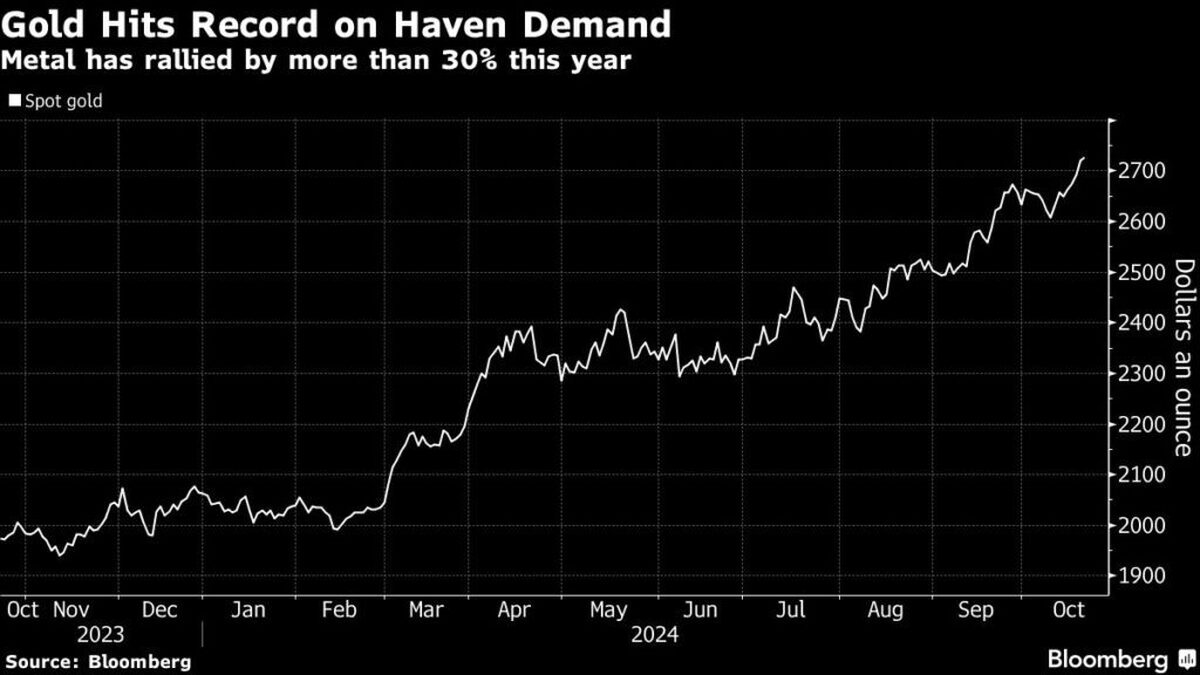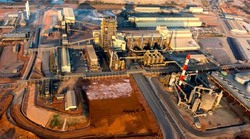
Canadian Mining Eye index drops 29% in Q1 — report
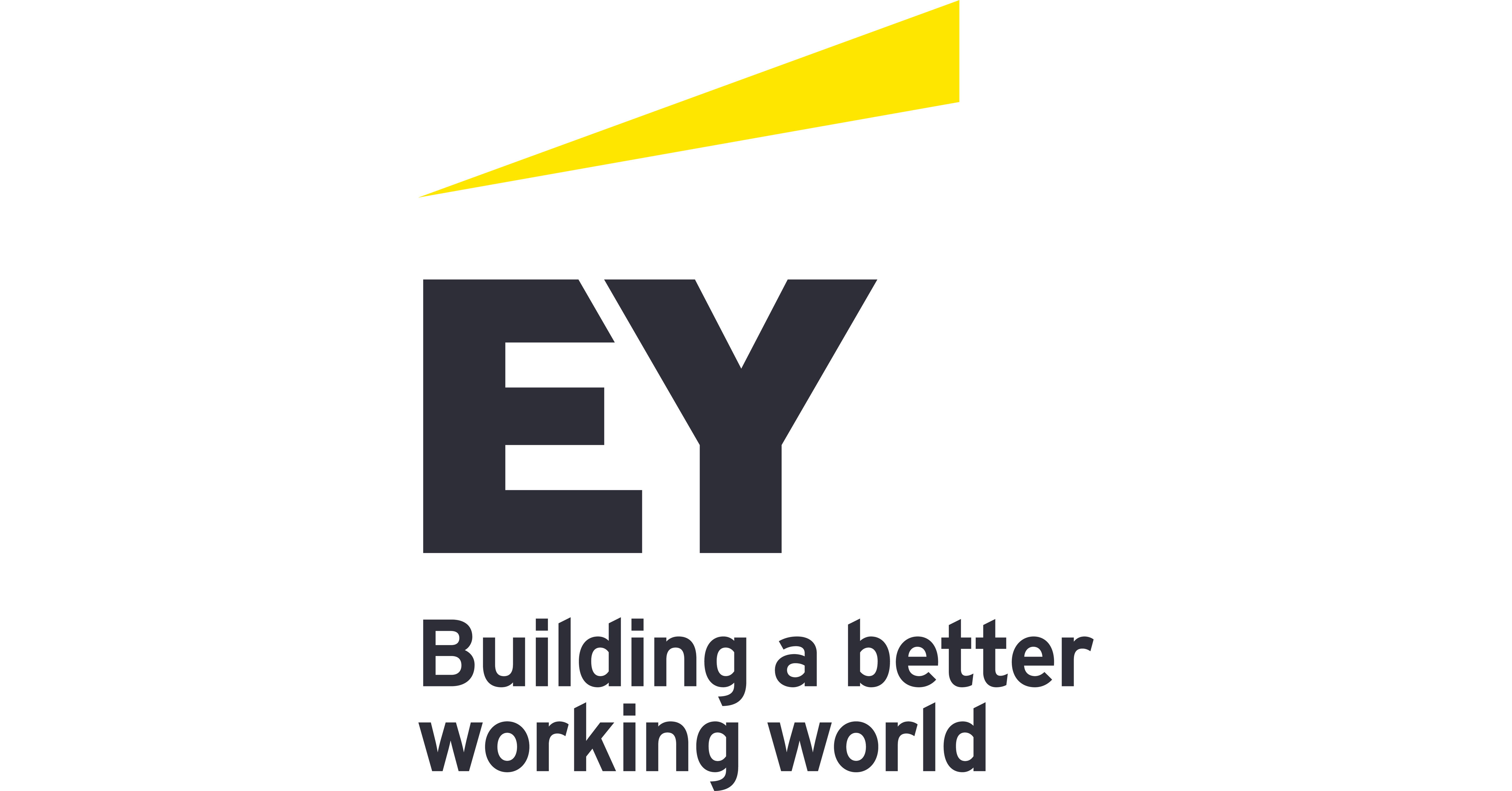
Suspension or reduction of mining activity is expected to lead to lower guidance from companies, according to EY’s Q1 mining performance and future outlook, but the scale of the impact remains unclear as the pandemic continues.
EY’s Canadian Mining Eye index declined by 29% in Q1 2020, as compared to an 11% gain in the prior quarter.
“The mining and metals sector continues to grapple with the impact of government covid-19 mandates on supply chains, parts and consumables,” said Jay Patel, EY Canada Mining & Metals Transactions Leader.
“Companies are implementing their own measures to protect their employees and ensure business continuity by placing mines into care and maintenance, reducing operations or shutting down altogether, which is having a major impact on supply,” Patel added.
Canadian mining companies have taken a number of measures to both protect their employees and to ensure business continuity.
Jay Patel, Canada Mining & Metals Transactions Leader, EY
Agnico Eagle and Yamana Gold’s Canadian Malartic mine, the country’s largest gold mine, has been temporarily shut down to reduce the spread of the virus.
Newmont and IAMGOLD have put their Musselwhite, Cerro Negro and Westwood Gold mines into care and maintenance, and First Quantum Minerals and Teck Resources have been operating with reduced workforces.
Despite Canadian Mining Eye index declines, gold prices continued upward with a 6% increase following a 3% gain in Q4 2019 — following a common pattern seen when currency declines in a crisis, EY reported.

“Though prices have been volatile, gold reached a seven-year high in Q1 2020 and is expected to maintain growth momentum, supported by the slowdown in global markets and declining interest rates.”
Base metals, on the other hand, haven’t fared as well in the current landscape. Nickel prices decreased a further 18% after a 19% decline in the previous quarter. While copper and zinc prices witnessed respective declines of 20% and 17%.
“The suspension or reduction of global business activity in automotive and construction sectors is lowering demand and pegging uncertainty on the outlook for copper, nickel and zinc,” said Jeff Swinoga, EY Canada Mining & Metals Co-Leader.
“Base metals, for the most part, are expected to remain under pressure in short-term, but the full scale of the impact remains unclear as the pandemic continues.”


Newmont nets $100M payment related Akyem mine sale

First Quantum scores $1B streaming deal with Royal Gold

Caterpillar sees US tariff hit of up to $1.5 billion this year

Gold price rebounds nearly 2% on US payrolls data

Copper price collapses by 20% as US excludes refined metal from tariffs

St Augustine PFS confirms ‘world-class’ potential of Kingking project with $4.2B value

Goldman told clients to go long copper a day before price plunge

B2Gold gets Mali nod to start underground mining at Fekola

Copper price posts second weekly drop after Trump’s tariff surprise

Codelco seeks restart at Chilean copper mine after collapse

US slaps tariffs on 1-kg, 100-oz gold bars: Financial Times
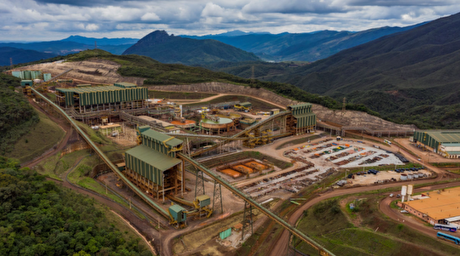
BHP, Vale offer $1.4 billion settlement in UK lawsuit over Brazil dam disaster, FT reports
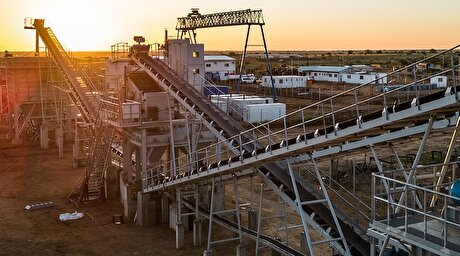
NextSource soars on Mitsubishi Chemical offtake deal

Copper price slips as unwinding of tariff trade boosts LME stockpiles

SAIL Bhilai Steel relies on Danieli proprietary technology to expand plate mill portfolio to higher steel grades

Alba Discloses its Financial Results for the Second Quarter and H1 of 2025
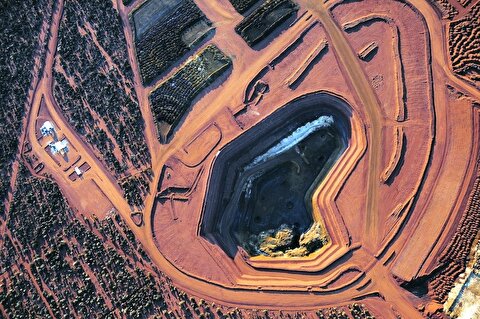
Australia weighs price floor for critical minerals, boosting rare earth miners

Australia pledges $87M to rescue Trafigura’s Nyrstar smelters in critical minerals push

Fresnillo lifts gold forecast on strong first-half surge

US slaps tariffs on 1-kg, 100-oz gold bars: Financial Times

BHP, Vale offer $1.4 billion settlement in UK lawsuit over Brazil dam disaster, FT reports

NextSource soars on Mitsubishi Chemical offtake deal

Copper price slips as unwinding of tariff trade boosts LME stockpiles

SAIL Bhilai Steel relies on Danieli proprietary technology to expand plate mill portfolio to higher steel grades

Alba Discloses its Financial Results for the Second Quarter and H1 of 2025

Australia weighs price floor for critical minerals, boosting rare earth miners

Australia pledges $87M to rescue Trafigura’s Nyrstar smelters in critical minerals push

Fresnillo lifts gold forecast on strong first-half surge




